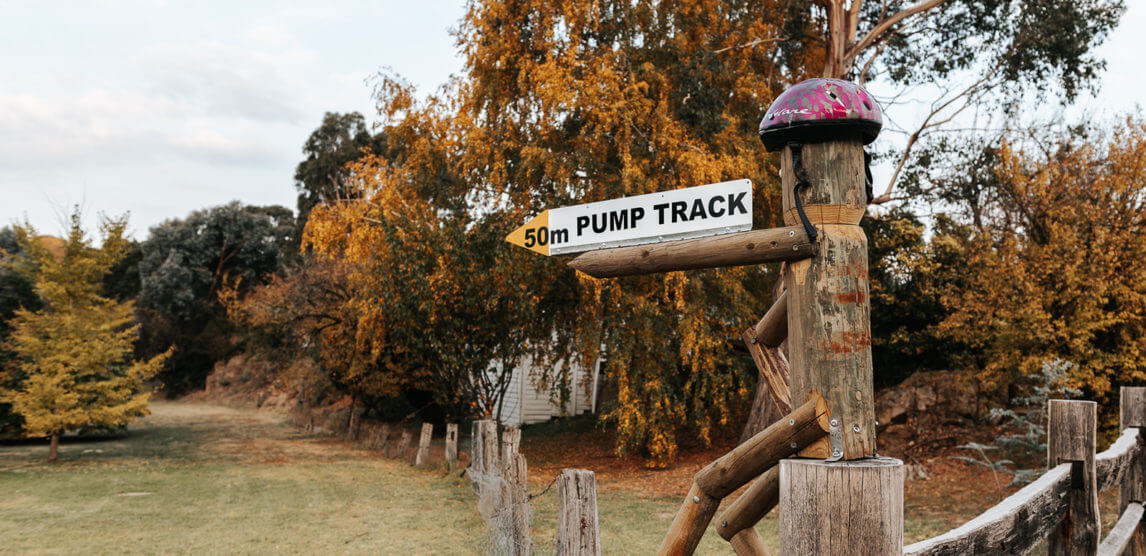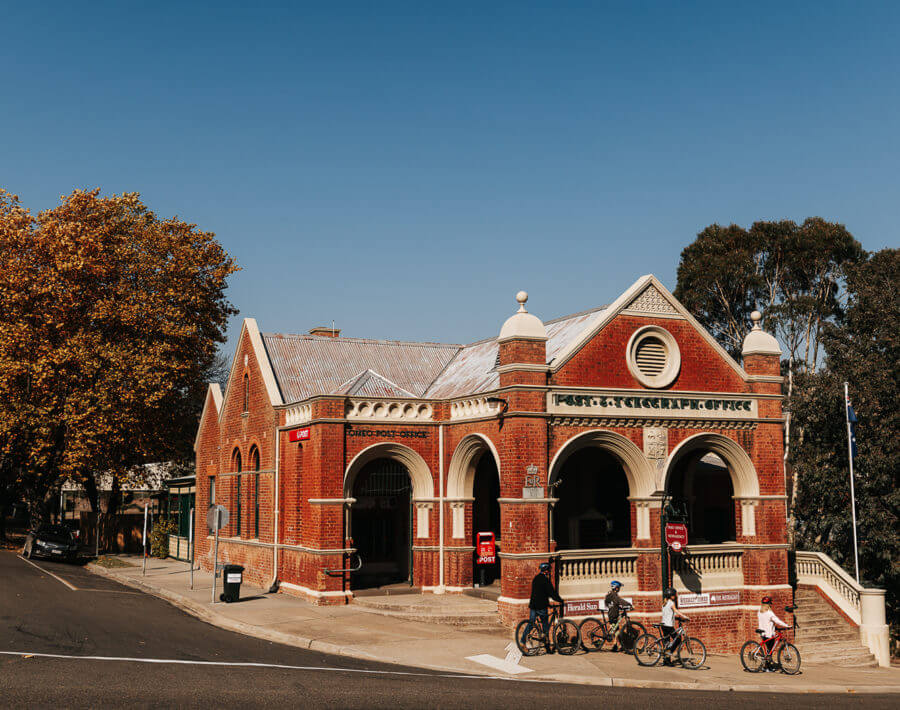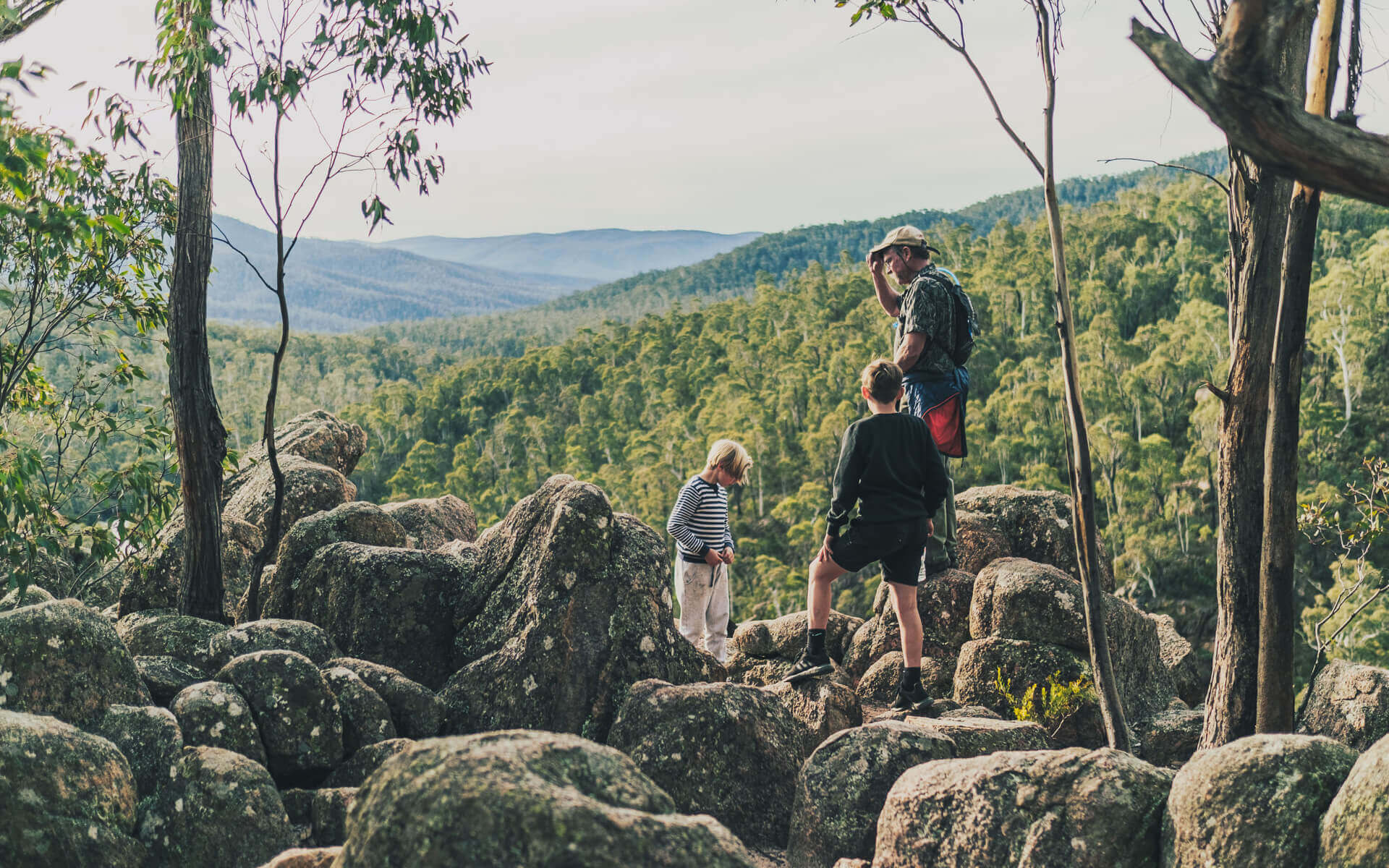
Heritage &
History
The Omeo Region has a complex and intriguing history. The pioneering cattlemen of the High Country and the Chinese miners of the Livingstone diggings have all left their mark and reminders of each era can be found across the region.
Indigenous Australians inhabited the Omeo Region for thousands of years prior to European settlement. Among the best known of their activities was the late autumn Bogong Moth festival with neighbouring groups gathering to feast on the fat-rich insects in the High Country.
The ‘official’ discovery of gold in 1851 forever changed the region. The vastness of Australia’s largest alluvial gold diggings is noticeable, with cliffs more than 100ft high and a maze of underground tunnels crisscrossing the Oriental Claims near Omeo, some of the richest in the state. The claims are heritage listed and set around Livingstone Creek.
The wealth from mining provided the historic architecture found in the towns today. AJ McDonald, is responsible for many of the State of Victoria’s remarkable public works buildings, including the Post Office (1891) and the Court House (1893). The Omeo Justice Precinct is described as the most intact example of a nineteenth century police and court complex known to survive in Victoria by the Heritage Council.
The High Country Cattleman is iconic for his horsemanship, bushcraft skills and resourcefulness: the region started with agriculture and returned to it after the gold rush was over.

Heritage &
History
The Omeo Region has a complex and intriguing history. The pioneering cattlemen of the High Country and the Chinese miners of the Livingstone diggings have all left their mark and reminders of each era can be found across the region.
Indigenous Australians inhabited the Omeo Region for thousands of years prior to European settlement. Among the best known of their activities was the late autumn Bogong Moth festival with neighbouring groups gathering to feast on the fat-rich insects in the High Country.
The ‘official’ discovery of gold in 1851 forever changed the region. The vastness of Australia’s largest alluvial gold diggings is noticeable, with cliffs more than 100ft high and a maze of underground tunnels crisscrossing the Oriental Claims near Omeo, some of the richest in the state. The claims are heritage listed and set around Livingstone Creek.
The wealth from mining provided the historic architecture found in the towns today. AJ McDonald, is responsible for many of the State of Victoria’s remarkable public works buildings, including the Post Office (1891) and the Court House (1893). The Omeo Justice Precinct is described as the most intact example of a nineteenth century police and court complex known to survive in Victoria by the Heritage Council.
The High Country Cattleman is iconic for his horsemanship, bushcraft skills and resourcefulness: the region started with agriculture and returned to it after the gold rush was over.








